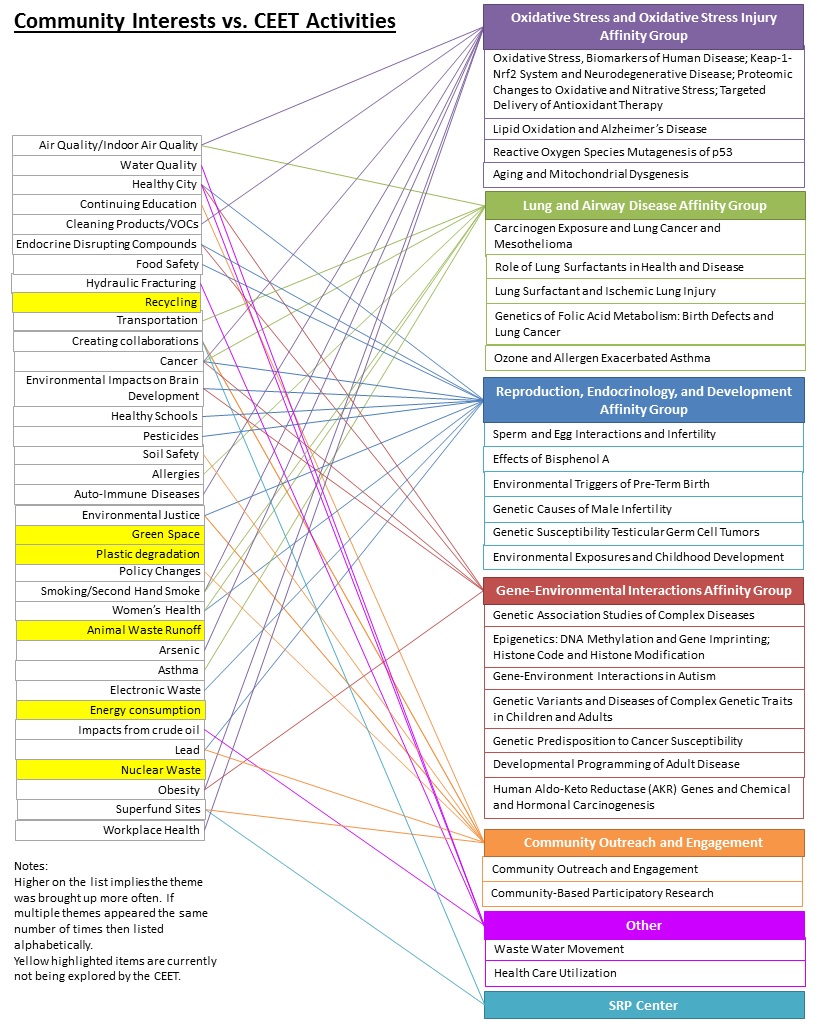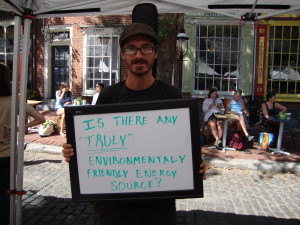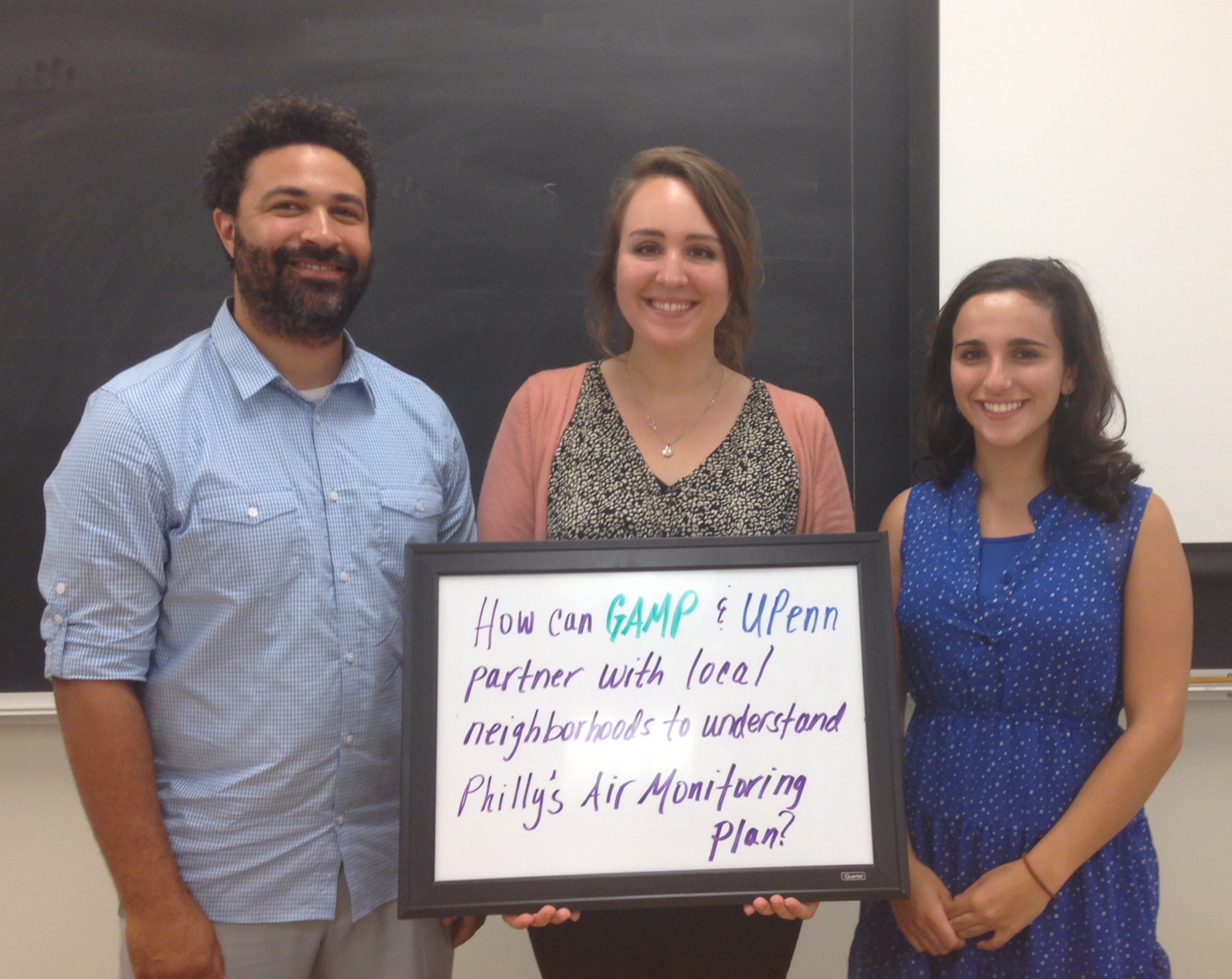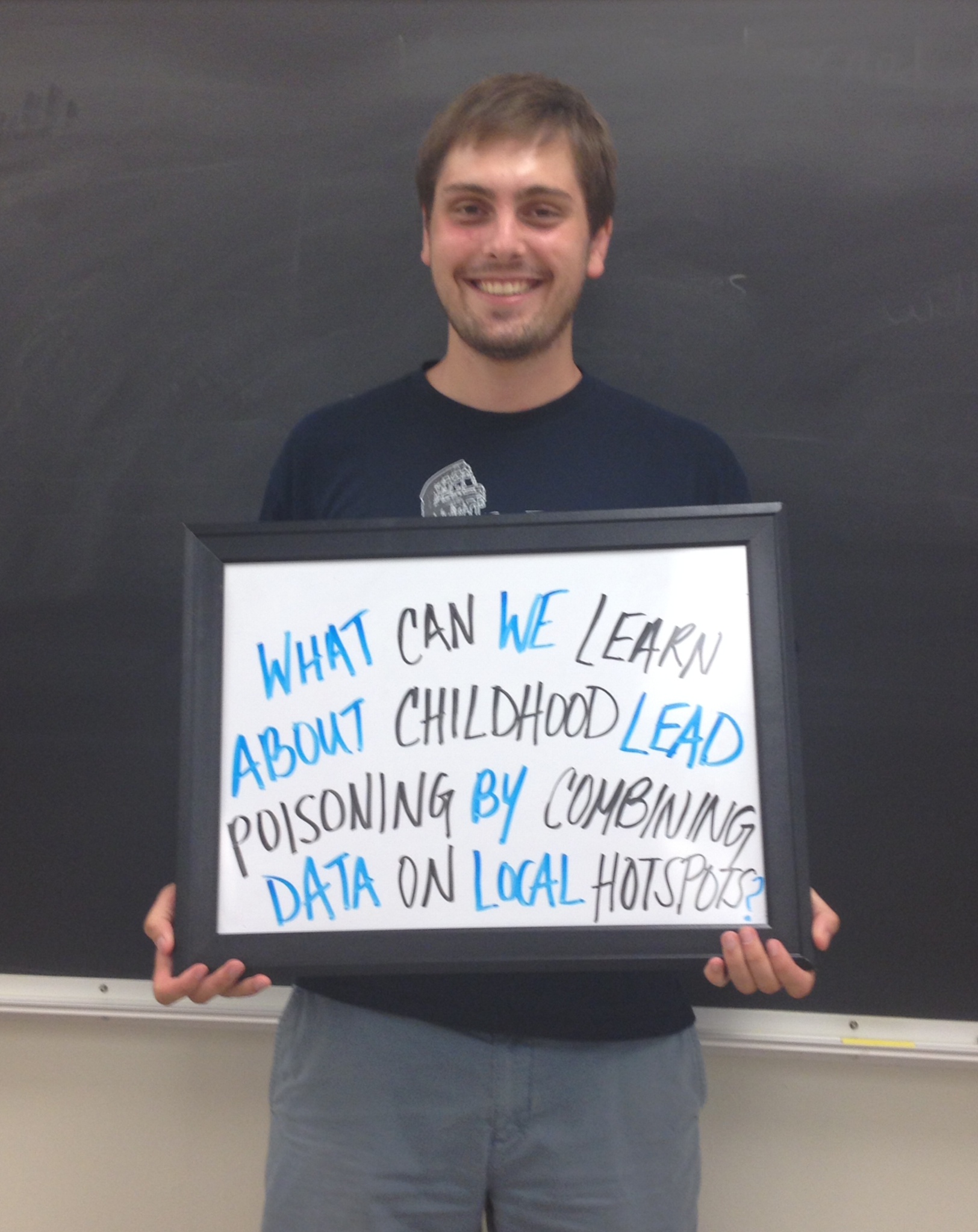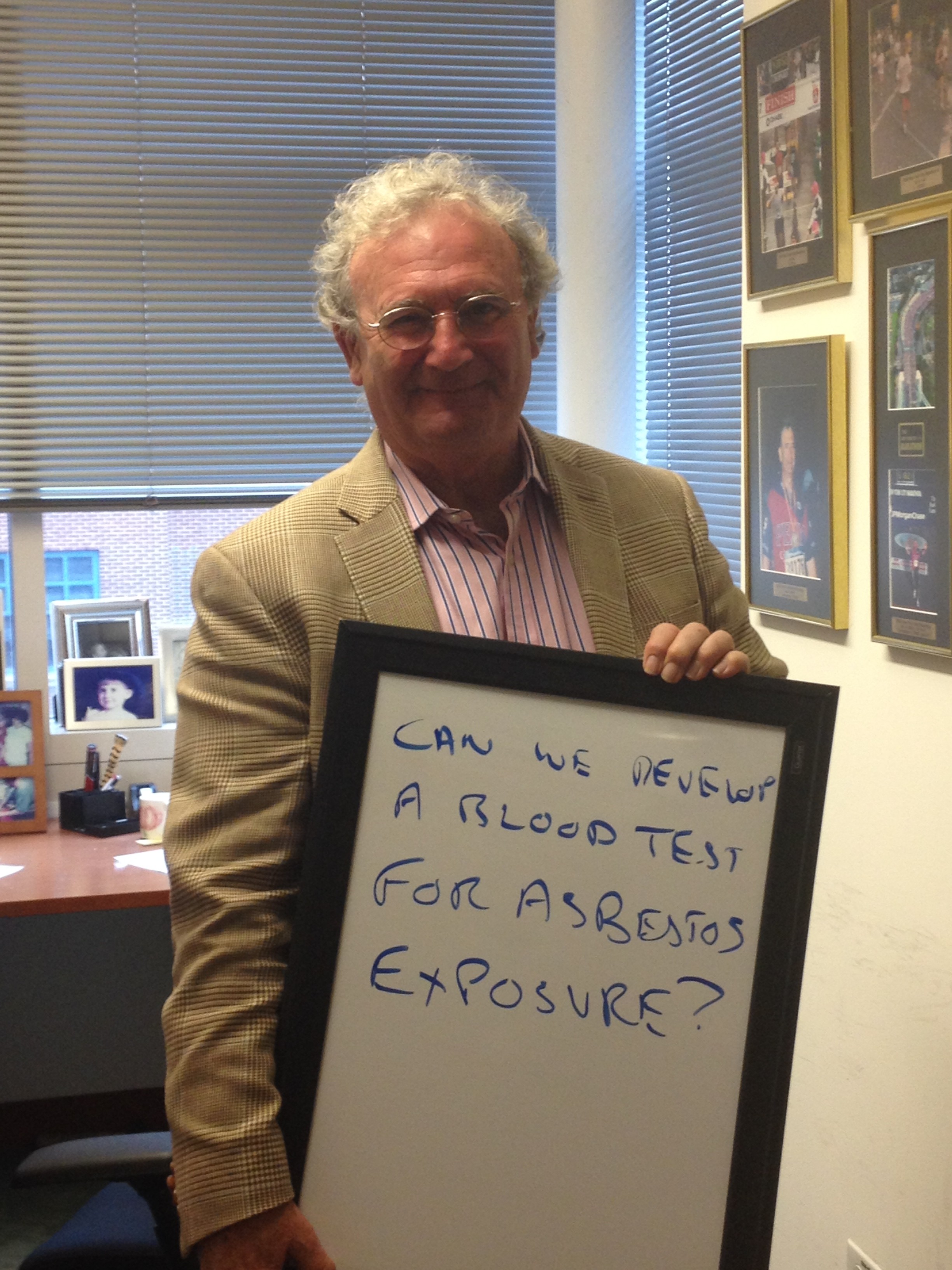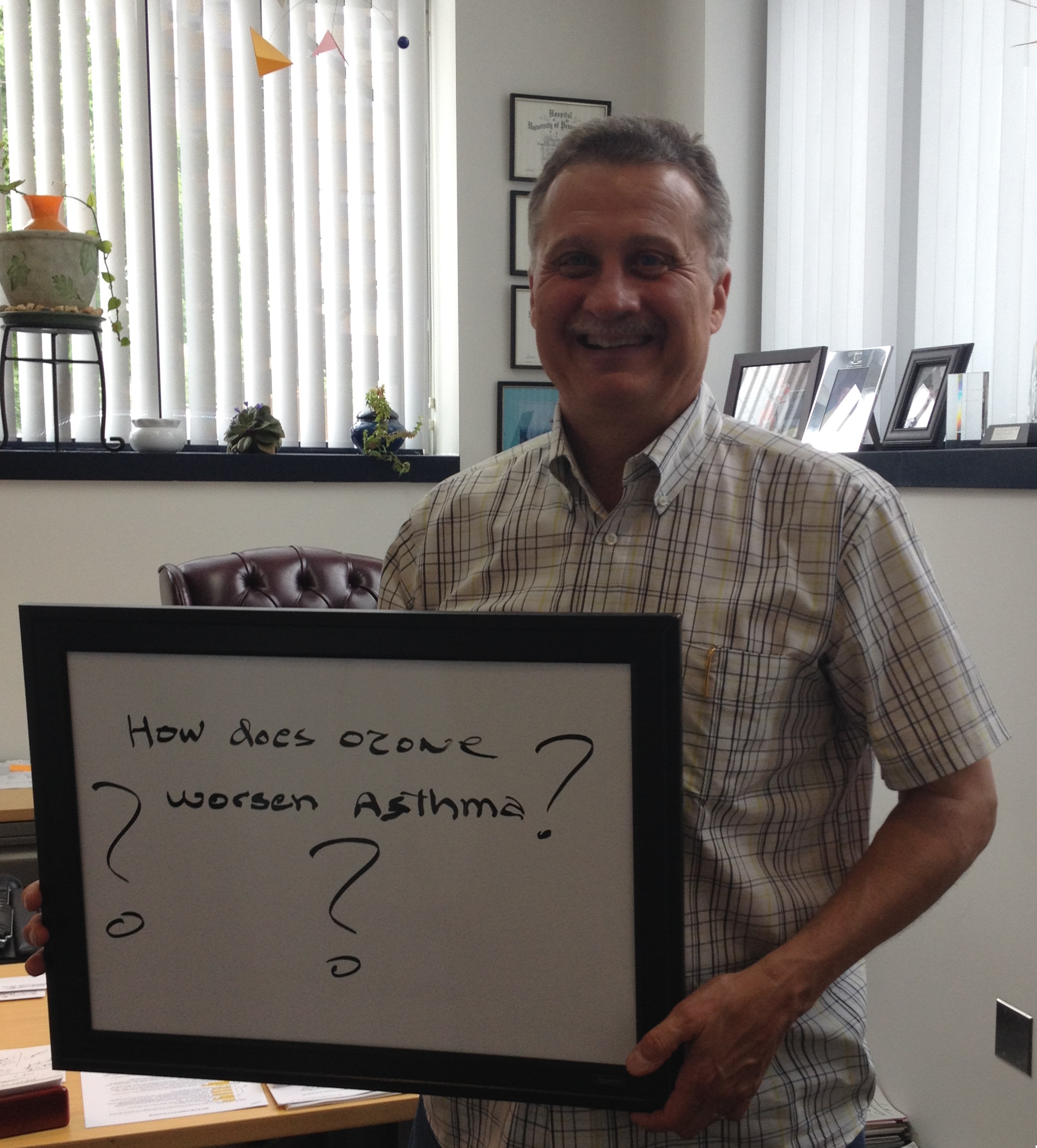One of the key missions of the Community Outreach and Engagement Core is to create multidirectional communication between community members and CEET researchers to integrate community concerns into research questions. To evaluate how well we are accomplishing our mission we attended Greenfest 2014 – Philadelphia’s largest environmental festival. The Clean Air Council, an active partner and member of our Stakeholder Advisory Board, hosts Greenfest. We asked the public ‘what questions should our CEET researchers be asking about environmental health?’ The public provided a variety of topics, questions, and concerns!
Following the festival, we classified the community’s interests and questions into themes. We cross-referenced the themes with the CEET research topics by affinity group. Themes higher on the list were brought up more often by community members. If multiple themes appeared the same number of times then the themes were listed alphabetically.
Through our analysis we have shown that our researchers are exploring a wide variety of environmental health issues and the majority of themes that were identified by the community at Greenfest 2014. We also found areas that the community is concerned about, but CEET is currently not exploring. These themes included: recycling, green space, plastic degradation, animal waste runoff, energy consumption, and nuclear waste (highlighted in yellow). This type of analysis informs CEET researchers about interests that the community has in environmental health that CEET should consider in the future.
We will continue to collect community interests and questions regarding environmental health at community events and evaluate our multidirectional communication between our researchers and the public. To find out more about the research being done by CEET researchers, see our website.



